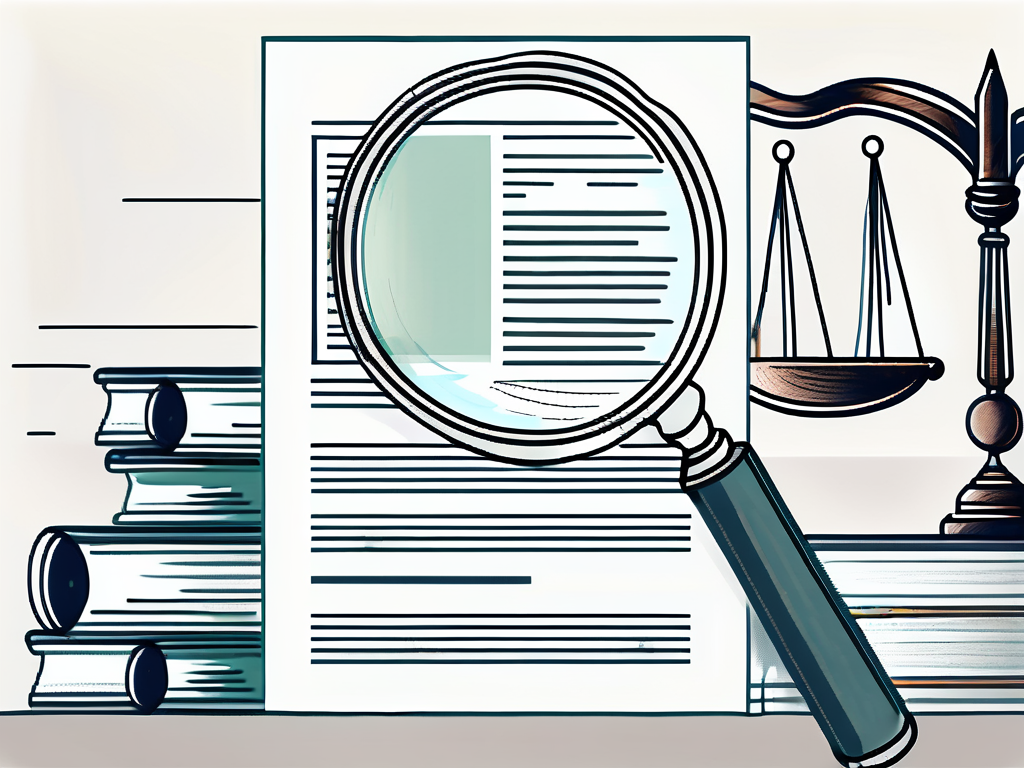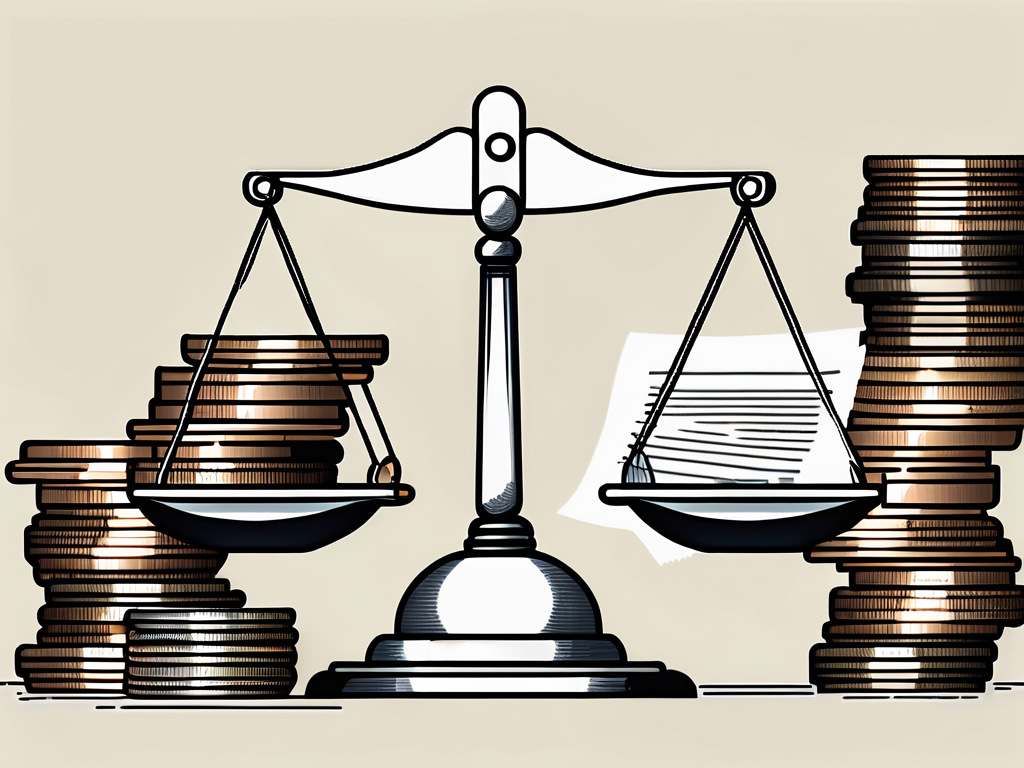Damages Based Agreements (DBAs) are an important tool in the legal industry, providing a unique approach to fee arrangements for clients seeking legal representation. In this comprehensive guide, we will delve into the definition, legal framework, types, pros and cons, as well as practical tips for negotiating DBAs.
What are Damages Based Agreements?
DBAs, also known as contingency fee agreements or no win, no fee arrangements, are fee arrangements whereby the lawyer’s fee is contingent upon the successful outcome of the case. In other words, the lawyer’s fee is based on a percentage of the damages recovered or the value of the claim.
Definition and Basic Principles
DBAs are a form of risk-sharing between the client and the lawyer. Under this arrangement, the lawyer agrees to bear the risk of not being paid if the case is unsuccessful. If the case is successful, the lawyer is entitled to a percentage of the damages recovered, which serves as their fee.
One of the fundamental principles of DBAs is that the fee is only payable if the case is successful in obtaining a financial benefit for the client. This provides an incentive for lawyers to work diligently and efficiently to achieve the desired outcome.
Key Terms and Concepts
It is essential to understand some key terms and concepts related to DBAs:
- Success Fee: The fee payable to the lawyer if the case is successful.
- Client’s Recoverable Damages: The amount the client recovers as a result of the case.
- Cap and Disqualification: In some jurisdictions, there may be a cap or limit on the amount lawyers can recover under a DBA. Additionally, certain types of cases or claims may be disqualified from using DBAs.
- Disbursements: Costs incurred during the litigation process, such as court fees, expert fees, and other expenses. Typically, the client remains responsible for disbursements regardless of the outcome of the case.
DBAs have gained popularity in recent years due to their potential benefits for clients. By shifting the financial risk to the lawyer, clients can pursue legal action without the burden of upfront costs. This can be especially advantageous for individuals who may not have the financial means to pay for legal services out of pocket.
However, it is important to note that DBAs may not be suitable for every type of case. Some jurisdictions have restrictions on the use of DBAs in certain areas of law, such as criminal cases or family law matters. Additionally, the percentage of the success fee can vary depending on the complexity and potential value of the case.
When entering into a DBA, it is crucial for both the client and the lawyer to have a clear understanding of the terms and conditions. This includes discussing the percentage of the success fee, any potential caps or limits on the lawyer’s recovery, and the client’s responsibility for disbursements. Open and transparent communication between the client and the lawyer is key to ensuring a successful and mutually beneficial DBA.
The Legal Framework of Damages Based Agreements
Understanding the legal framework surrounding DBAs is crucial for both lawyers and clients entering into such agreements. Damages Based Agreements (DBAs) have gained popularity as an alternative fee arrangement in legal matters, allowing clients to pay their lawyers a percentage of the damages awarded if the case is successful.

DBAs are subject to a complex web of legislation and regulations in different jurisdictions. For instance, in the United Kingdom, the Legal Aid, Sentencing and Punishment of Offenders Act 2012 introduced specific provisions governing DBAs. Similarly, in the United States, individual states may have varying rules regarding the use and enforcement of DBAs. Lawyers and clients must navigate these legal landscapes to ensure compliance and protect their interests.
Legislation and Regulations
The use of DBAs is governed by legislation and regulations in different jurisdictions. It is important for lawyers and clients to be aware of the specific rules and requirements in their jurisdiction to ensure compliance and protect their rights.
Legislation may cover areas such as permissible percentage fees, requirements for written agreements, and disclosure obligations to clients. Keeping up to date with any changes in the law is essential to ensure the validity and enforceability of DBAs.
Role of the Courts
The courts play a crucial role in overseeing DBAs. They may be involved in assessing the reasonableness of the success fee, enforcing the terms of the DBA, or resolving any disputes between the parties. It is important for lawyers and clients to understand the court’s role and the criteria they may consider when evaluating DBAs.
Furthermore, the courts’ interpretation of DBAs can shape the legal landscape for future agreements. Precedents set in landmark cases can influence how DBAs are structured and enforced, highlighting the importance of legal professionals staying informed about judicial decisions in this area.
Types of Damages Based Agreements
Contingency Fee Agreements
A contingency fee agreement is a type of Damages Based Agreement (DBA) where the lawyer’s fee is based on a percentage of the damages recovered. This arrangement is commonly used in personal injury cases, where the client seeks compensation for physical or emotional harm.

Contingency fee agreements provide access to justice for clients who may not have the financial means to pay for legal representation upfront. The lawyer’s fee is contingent upon successfully recovering damages, removing a significant financial barrier for individuals seeking legal recourse.
Furthermore, contingency fee agreements align the interests of the lawyer and the client. The lawyer is motivated to achieve the best possible outcome for the client, as their fee is directly tied to the amount of damages recovered. This incentivizes the lawyer to work diligently on the case and pursue maximum compensation for the client.
Conditional Fee Agreements
Conditional fee agreements (CFAs) are another form of Damages Based Agreement where the lawyer’s fee is conditional on the success of the case. However, unlike contingency fee agreements, CFAs allow lawyers to charge their usual hourly rates or fixed fees if the case is unsuccessful.
CFAs provide flexibility for lawyers and clients as they allow for a hybrid fee arrangement. This can be particularly beneficial in complex cases where there are higher risks involved. Clients have the assurance that if the case is unsuccessful, they will not be responsible for paying the lawyer’s fee, reducing their financial burden.
Moreover, CFAs are often used in cases where the potential damages are uncertain or difficult to quantify. By offering a traditional fee structure in case of failure, CFAs give clients peace of mind and encourage lawyers to take on challenging cases that may have significant societal impact.
Pros and Cons of Damages Based Agreements
Advantages for Clients
DBAs offer several advantages for clients:
- Access to Justice: DBAs allow clients who cannot afford upfront legal fees to access quality legal representation.
- Aligned Interests: DBAs align the interests of the client and the lawyer, as the lawyer’s fee is tied to the success of the case.
- Incentive for Success: Lawyers under DBAs have a strong incentive to achieve the best possible outcome for their clients, as their fee is directly linked to the damages recovered.
Disadvantages for Clients
While DBAs have their advantages, it is important for clients to be aware of the potential disadvantages:
- Higher Percentage Fees: The success fee under a DBA may be higher than the fees charged under traditional fee arrangements, reflecting the increased risk borne by the lawyer.
- Client Obligation for Disbursements: Regardless of the case’s outcome, clients are typically responsible for disbursements, which can be a significant financial burden.
- Restrictions and Limitations: Some jurisdictions impose restrictions on the use of DBAs or disqualify certain types of cases, limiting access to this fee arrangement.
How to Negotiate a Damages Based Agreement
Essential Elements to Consider
When negotiating a DBA, consider the following essential elements:

- Success Fee Percentage: Determine the appropriate percentage that accurately reflects the risks and potential rewards of the case.
- Scope of Legal Services: Clearly define the scope of legal services covered by the DBA, including any exclusions or additional charges for specific tasks or stages of the case.
- Disbursement Responsibility: Clarify the client’s responsibility for disbursements and any associated cost-sharing arrangements.
- Termination Provisions: Establish the circumstances under which either party can terminate the DBA and the consequences of termination.
Tips for Successful Negotiation
To ensure a successful negotiation of a DBA, consider the following tips:
- Clear Communication: Openly communicate expectations and concerns to ensure both parties have a thorough understanding of the agreement.
- Understanding the Risks: Assess the risks involved in the case and consider the potential impact on the success fee.
- Seek Legal Advice: Consult with legal experts experienced in DBAs to guide you through the negotiation process and protect your interests.
- Flexibility and Creativity: Consider alternative fee structures or hybrid agreements to customize the arrangement to the specific needs of the case and the parties involved.
Understanding Damages Based Agreements is vital for lawyers and clients navigating the complexities of legal fee arrangements. By comprehending the definition, legal framework, types, and pros and cons of DBAs, as well as implementing effective negotiation strategies, both clients and lawyers can engage in mutually beneficial fee arrangements that promote access to justice and fair outcomes.



